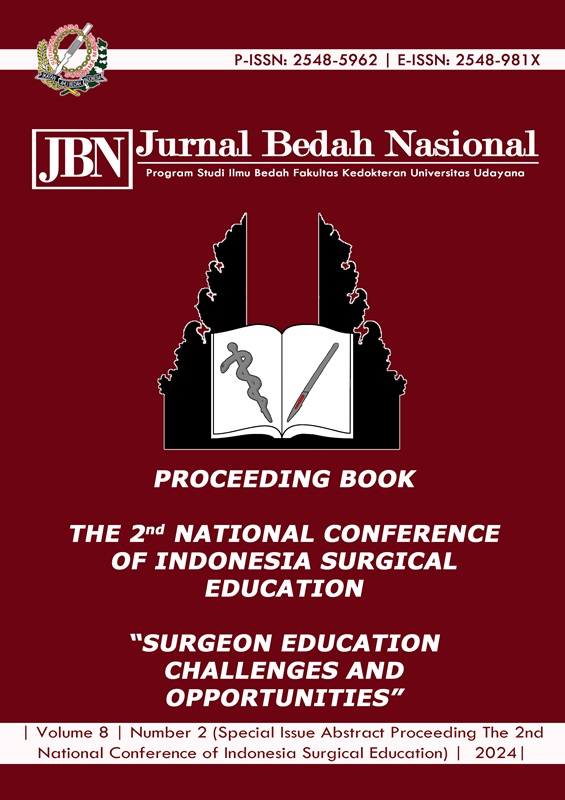026. Utilizing Pre-Existing Lacerations for Frontal Bone Fracture Management: A Case Report
Abstract
Background: Patients with fractures of the frontal bone use the coronal incision approach to expose the anterior cranial vault, including the forehead. The flap allows for widespread exposure of the fractures, facilitating access for the removal of segmental fractures and hematoma evacuation. Maintaining sufficient pedicle width is crucial to reduce the risk of unintentional arterial damage and to ensure proper venous drainage. The objective of this study was to document the surgical approach for segmental fracture removal under a forehead pedicle flap. Case: This case presents a 22-year-old male with moderate traumatic brain injury, who had two lacerations on his forehead and showed an open depressed fracture of the frontal bone after a motor vehicle collision. The patient experienced loss of consciousness and a history of vomiting. Imaging revealed intracerebral hemorrhage in the frontal region and a depressed fracture of the frontal bone. Intraoperative findings revealed the fracture site through the previous laceration incision. The fracture was clearly evaluated by the surgeon using tools to lift the skin between the two incisions. Conclusion: Despite the access for segment fracture removal being conducted through a pre-existing laceration, the patient outcomes were favorable, and no complications were reported.
Downloads

This work is licensed under a Creative Commons Attribution 4.0 International License.
Program Studi Ilmu Bedah Fakultas Kedokteran Universitas Udayana. 
This work is licensed under a Creative Commons Attribution 4.0 International License.






